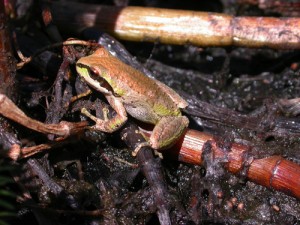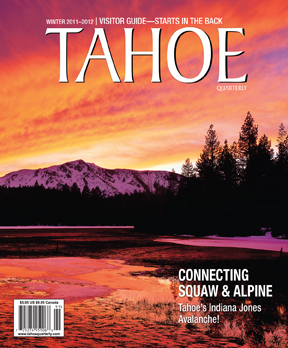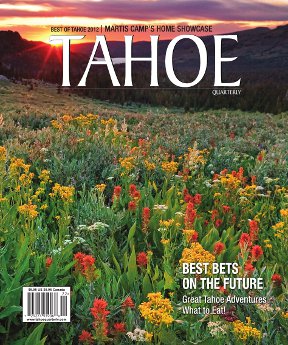Natural Rhythms: Spring
 In the mountains, there is great potential for seasons to clash at any time of year. A few weeks of spring try to sneak in during January. Winter throws in a last storm during May or even June. Most plants are reactive to weather and can get duped by these aberrations, rendering them unreliable predictors of the changing seasons. Many animals, however, live by a stricter calendar. When I hear western wood-pewees out my window, calling into the evening twilight, I know spring has finally arrived. Here are a few other harbingers of springtime.
In the mountains, there is great potential for seasons to clash at any time of year. A few weeks of spring try to sneak in during January. Winter throws in a last storm during May or even June. Most plants are reactive to weather and can get duped by these aberrations, rendering them unreliable predictors of the changing seasons. Many animals, however, live by a stricter calendar. When I hear western wood-pewees out my window, calling into the evening twilight, I know spring has finally arrived. Here are a few other harbingers of springtime.
CHANGING COLORS
Spring is a time of changing colors and a general greening of the landscape. The once-brilliant winter hues of willow and dogwood stems gradually fade with an infusion of chlorophyll. New shoots leap up from the forest floor (many punching through snow to reach the sun), and breaking buds give way to verdant leaves everywhere.
But more than plants change colors in the spring: Many birds swap their old feathers for a new look to match the season. Northbound shorebirds look drastically different from when we saw them last fall, as do breeding-plumaged common loons, which stop by The Lake on their way to the continent’s northern interior. This seasonal difference can be subtler among our warblers, but the end result can be far more striking. By the end of May, streams of Nashville, MacGillivray’s, hermit and Wilson’s warblers have poured into the Tahoe Basin, positively glowing in their breeding regalia.
The Tahoe region also has no fewer than five animal species that molt out of pure white winter coats: the snowshoe hare, white-tailed jackrabbit, short-tailed and long-tailed weasel, and the white-tailed ptarmigan (our smallest grouse). Finally, our five chipmunk species undergo a post-breeding molt in late spring, adopting brighter colors for summer.
CHANGING OF THE GUARD
Spring marks the return of our summer animals. Birds fly back from lower latitudes and elevations. Mule deer and mountain quail march back over the passes from the foothills. Ground squirrels and garter snakes emerge from their hibernacula, and the air thickens with flying insects of all sorts. Stella orangetips and the aptly named spring whites and spring azures are among the first non-hibernating butterflies to emerge.
For most birds, spring involves northbound migration. From roughly late March through mid-June, our wintering birds depart, our summering breeders settle in and establish territories, and countless others stop over while passing through Tahoe. Late spring storms often force migrating songbirds down to lake level; mornings after a severe storm in May or June can reveal an incredible fallout of birds concentrated at shoreline hotspots like Cove East Restoration Area in South Lake or Lake Forest Beach in Tahoe City.
CHANGING SOUNDSCAPE
Spring also means romance is in the air, and many animals advertise their amorous intent, and defend territorial boundaries, through song. Sierran treefrogs and western toads usually emerge from hibernation when there is still patchy snow on the ground. They migrate to open water where they sing in hopes of attracting a mate. Mid- and high-elevation meadows, such as Paige, Big or Tahoe meadows, are great places to find large numbers of treefrogs singing in early summer.
Among the earliest vocalists each year are sooty grouse, whose low “whoomp-whoomp-whoomp” can be heard from chairlifts during warm spells in February. The first “cheeseburger” songs of the mountain chickadee also ring out well in advance of spring itself. But singing really picks up in May; throughout the next two months, the early morning chorus of birdsong grows in variety and complexity as additional bird species arrive for the summer. Willow flycatchers are one of the last species to arrive; listen for their characteristic “fitzbew” song in riparian meadows by mid-June. By Will Richardson. TQ
Category: Natural World, Outdoors






